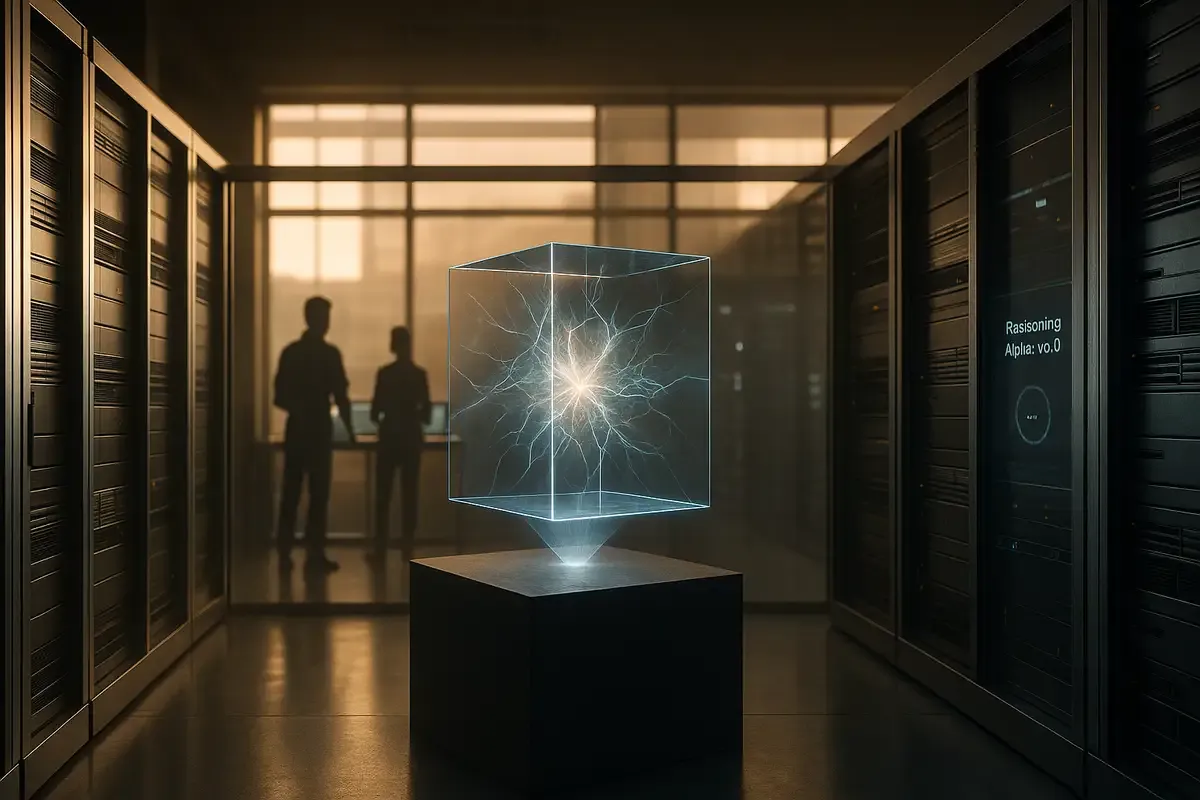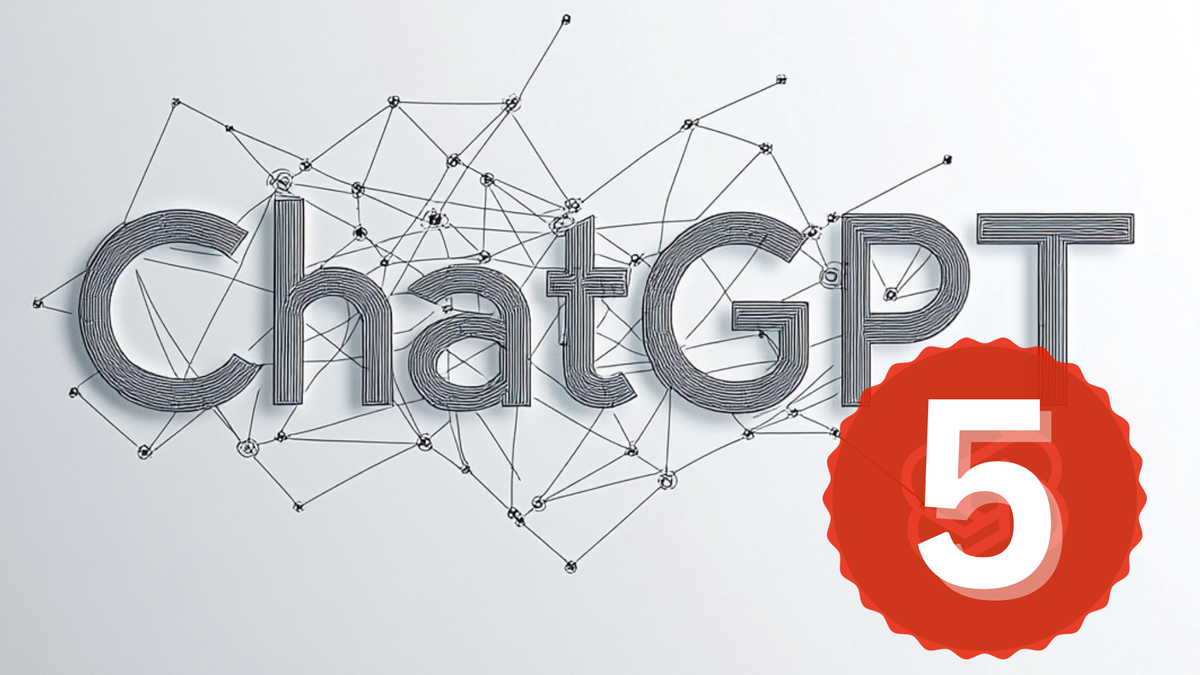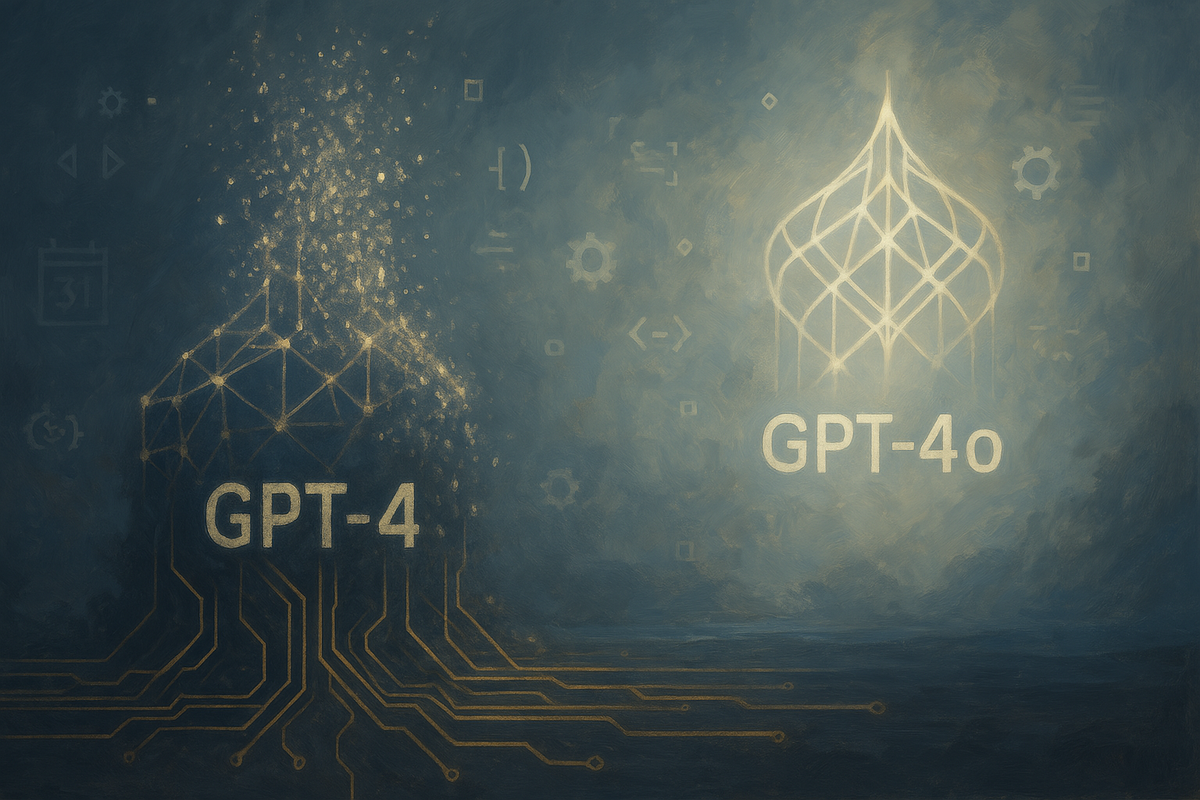Five Replace Fifty. Chips Stay Home.
Good Morning from San Francisco, Coca-Cola swapped fifty crew members for five AI specialists. Production time collapsed from a year
OpenAI's GPT-5 launch rumors heat up with August timeline leaks, but there's a catch: Altman promises free AI for 8 billion people while the company still can't handle current ChatGPT demand. The gap between vision and reality keeps growing.

💡 TL;DR - The 30 Seconds Version
🚀 The Verge reports GPT-5 could launch in August 2025, with Microsoft engineers scrambling to prepare server capacity for the release.
🔍 Multiple leaks confirm active testing: config files show "GPT-5 Reasoning Alpha" dated July 13, plus mentions in OpenAI's internal biosecurity tools.
⚡ GPT-5 will unify vision, reasoning, and task completion into one system, launching in three versions: main, mini, and nano.
🌍 Sam Altman wants to give free GPT-5 access to all 8 billion people on Earth, despite OpenAI still struggling with current server capacity.
💰 If GPT-5 achieves AGI status, Microsoft loses revenue rights to OpenAI's models under their partnership agreement.
🔓 OpenAI plans to release an open-weight reasoning model before August to test capabilities and gather feedback ahead of GPT-5.
The GPT-5 rumor mill spins faster than a server farm during Black Friday. The latest news from The Verge's Tom Warren suggests OpenAI's next model could drop in August. But OpenAI rumors are about as reliable as weather forecasts, only with higher stakes.
Warren's sources paint a picture of frantic work behind the scenes. Microsoft engineers scramble to ready server capacity for what could be the biggest AI launch since ChatGPT broke the internet. OpenAI originally aimed for May but pushed back to August. Same old story - testing hiccups and not enough servers.
These leaks don't feel random anymore. Someone at OpenAI wants people talking about GPT-5. Engineer Tibor Blaho spotted a config file reference to "GPT-5 Reasoning Alpha" dated July 13. Independent researchers found GPT-5 mentions in OpenAI's internal BioSec Benchmark repository. Even OpenAI's Xikun Zhang casually dropped that GPT-5 "is coming" during a ChatGPT Agent discussion.
If the rumors hold water, GPT-5 won't just be another small upgrade. The model unifies everything OpenAI has built into one system. Instead of switching between different modes for vision, reasoning, or task completion, GPT-5 handles it all at once. Think of it as the Swiss Army knife of AI models - one tool that does everything well rather than multiple specialized tools.
Putting o3 reasoning capabilities directly into GPT-5 represents a big shift in OpenAI's strategy. Before, the company released reasoning models separately from their general GPT series. This unification could reduce the friction of picking the right model for each task - a problem that currently plagues ChatGPT users who must navigate between different AI personalities.
Warren's reporting suggests three versions will launch together: the full GPT-5, a mini version, and a nano variant. The main model and mini version will be available through ChatGPT and OpenAI's API. The nano version gets API-only access, presumably for developers who need lightweight integration.
The August timeline comes with the usual OpenAI asterisks. As Warren notes, the company's planned release dates shift more often than San Francisco fog patterns. Development challenges, server capacity issues, and competitive pressures all influence these decisions. Remember, this is the same company that had to limit GPT-4.5 access to paid users because they ran out of GPUs.
Sam Altman's recent comments add both clarity and confusion to the timeline. He confirmed GPT-5 is coming "soon" and even showed its capabilities during a podcast with Theo Von. But Altman's definition of "soon" has proven elastic in the past. He promised GPT-5 within months back in February, then said "a couple months" in April. October is more than a couple months from April, but who's counting?
The competing story suggests OpenAI might unveil GPT-5 at their October DevDay event instead. PCMag reports the developer conference promises to be "bigger than ever," with 1,500+ engineers getting "an early look at what's coming next." The timing would align with OpenAI's tradition of using DevDay for major announcements.
Beyond the technical specs lies Altman's more ambitious vision. In recent interviews, he's floated the idea of giving "everybody on Earth a free copy of GPT-5, running for them all the time." This isn't just Silicon Valley optimism - it's a complete reimagining of how AI integrates with daily life.
Altman sees GPT-5 helping developing nations skip decades of tech infrastructure building. Financial services, governance, education, and healthcare could operate at "one-hundredth of the cost" through AI-driven solutions. It's an appealing vision that conveniently glosses over some practical hurdles.
The capacity constraints that have plagued OpenAI's current models don't magically disappear with GPT-5. If the company struggles to serve existing ChatGPT users reliably, how exactly will they provide free AI assistants to eight billion people? The math doesn't add up, unless OpenAI has solved fundamental infrastructure challenges they haven't publicly discussed.
The GPT-5 launch carries implications beyond user experience improvements. OpenAI's partnership with Microsoft includes a clause that could reshape the entire relationship. If GPT-5 achieves artificial general intelligence - a milestone that triggers Microsoft's loss of revenue rights to OpenAI's models - the dynamics change dramatically.
This AGI threshold adds pressure to both companies. Microsoft wants to maintain its lucrative partnership, while OpenAI needs room to convert parts of its business to for-profit status. Both companies are still hammering out their new deal. What GPT-5 can actually do will likely shape those negotiations.
Then there's the safety question. The mention of GPT-5 testing in biosecurity contexts has raised eyebrows among AI safety researchers. If the model can reason about complex biological systems well enough to help research, it might also pose risks if misused. OpenAI has promised robust safeguards, but their track record with jailbreaks and prompt injections isn't exactly reassuring.
Making the GPT-5 timeline more complex is OpenAI's planned release of an open-weight model before August. Warren's sources describe it as "similar to o3 mini" with reasoning capabilities. This would mark OpenAI's first open release since GPT-2 in 2019 - a significant policy shift that signals growing competitive pressure from open-source alternatives.
Releasing an open model first lets OpenAI test GPT-5's reasoning without the pressure. Plus, developers get something to play with while OpenAI collects feedback. Smart move, considering how many AI launches crash on day one.
Why this matters:
• All these leaks point to one thing: GPT-5 is further along than OpenAI admits. But there's still a huge gap between what Altman promises and what their servers can actually handle.
• If GPT-5 works as advertised without constant outages, businesses will rush to adopt it faster than the infrastructure can support. Whoever figures out scaling first wins everything.
Q: What exactly is AGI and why would it end Microsoft's deal with OpenAI?
A: Artificial General Intelligence means AI that matches or beats human intelligence across most tasks. OpenAI's Microsoft contract includes a clause that ends Microsoft's revenue rights to OpenAI models once AGI is achieved, potentially costing Microsoft billions in future AI profits.
Q: How reliable are these August launch rumors given OpenAI's track record?
A: OpenAI has missed multiple GPT-5 deadlines. Altman promised it in "months" back in February, then "a couple months" in April. They also had to limit GPT-4.5 access in March after running out of GPUs, showing ongoing capacity issues.
Q: What's the difference between GPT-5's three versions - main, mini, and nano?
A: The main GPT-5 offers full capabilities through ChatGPT and the API. Mini provides reduced features on both platforms. Nano is API-only for developers who need lightweight integration. Think of them as different power levels for different needs and budgets.
Q: Will GPT-5 cost money or be free for regular ChatGPT users?
A: OpenAI hasn't announced pricing, but new models typically launch for paid subscribers first. Altman talks about free global access, but OpenAI currently can't handle demand from existing users, making universal free access unrealistic in the near term.
Q: What does "biosecurity testing" mean and why are people worried?
A: Biosecurity testing checks if AI can help with dangerous biological research or weapons development. If GPT-5 can reason about complex biology well enough for legitimate research, it might also answer harmful questions that current models refuse.
Q: What's this open-weight model coming before GPT-5?
A: OpenAI plans to release a free, downloadable model "similar to o3 mini" with reasoning capabilities before August. This would be their first open release since GPT-2 in 2019, letting developers run the model on their own servers.
Q: How big of an upgrade is GPT-5 compared to current ChatGPT?
A: GPT-5 unifies vision, reasoning, and task completion into one system instead of switching between different modes. Current ChatGPT still uses GPT-4o from May 2024, so GPT-5 represents over a year of development improvements.
Q: Why does OpenAI promise free AI for 8 billion people when they can't handle current users?
A: Altman's vision doesn't match current reality. OpenAI had to limit new model access due to GPU shortages and regularly struggles with server capacity. Providing free GPT-5 globally would require infrastructure they don't currently have.



Get the 5-minute Silicon Valley AI briefing, every weekday morning — free.